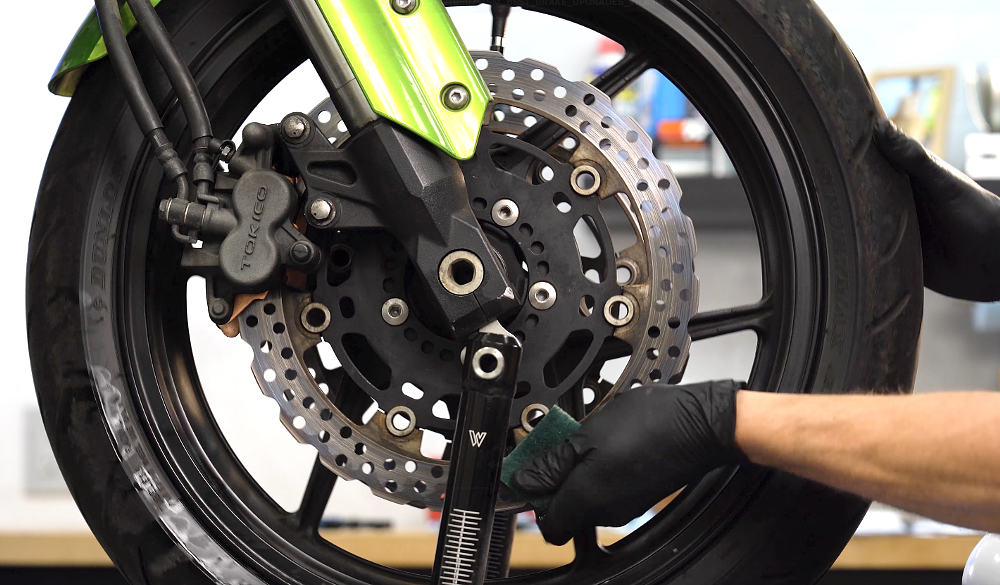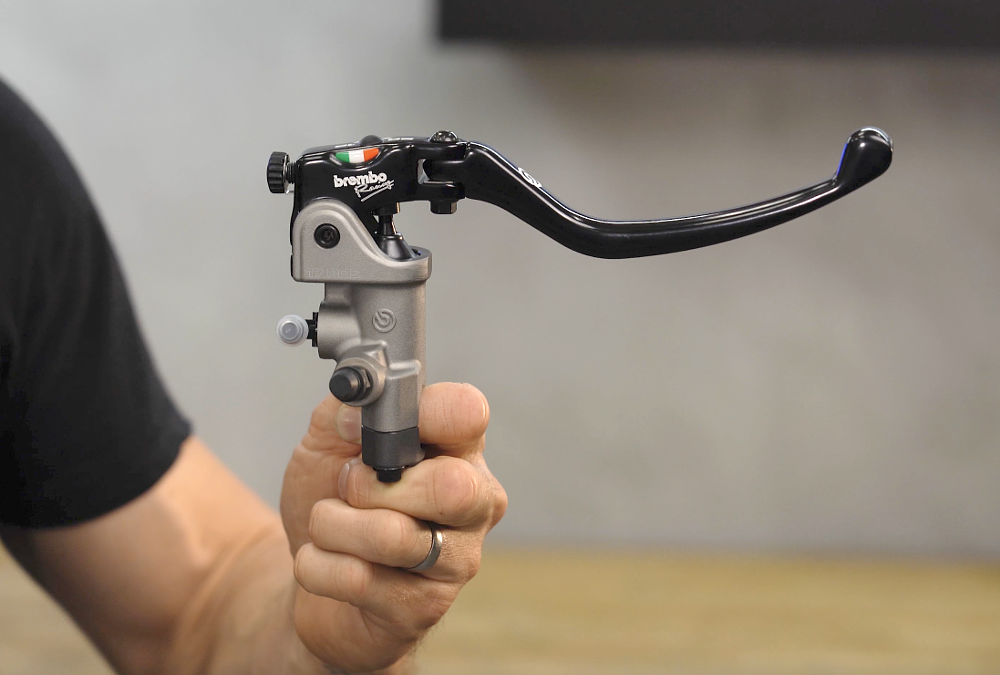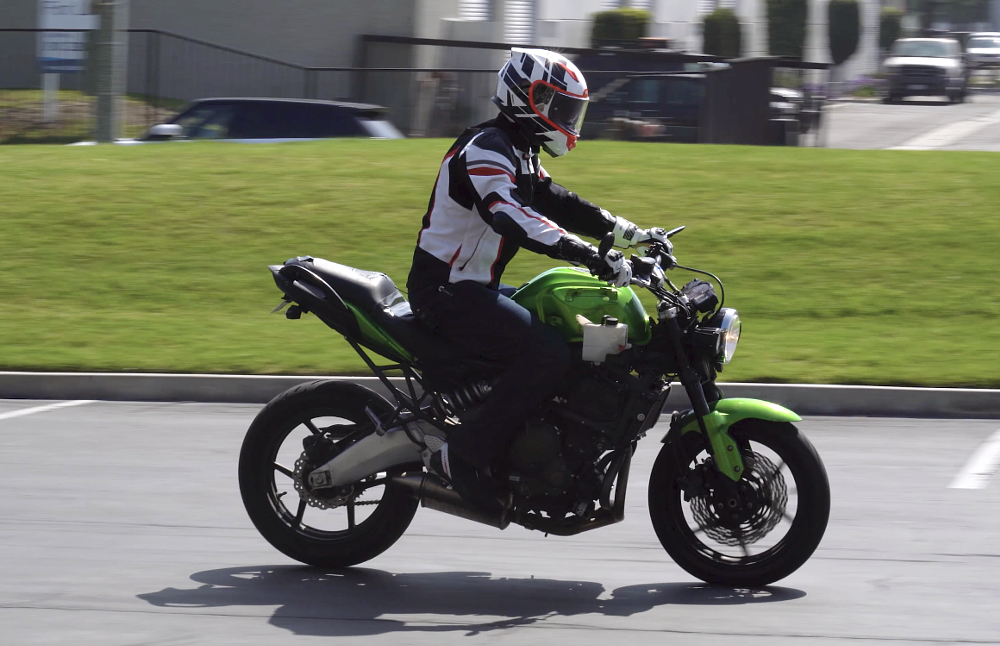Being able to stop is probably the most important thing your motorcycle does, so if your brakes aren’t great, do something about it. To help with that, here are some free to very affordable options that can drastically improve your ability to slow down and stop.
If your motorcycle’s brakes don’t feel great, start with the simple stuff. Make sure the brake system is in good shape, i.e. the pads aren’t torched, the fluid doesn’t look like salad dressing, and the lever pivot has some grease on it, not just dust and rust. Brake fluid degrades over time and will make your lever squishy, and a dry lever pivot doesn’t rotate smoothly, robbing feel and power.
Often, a tune up will yield a noticeable improvement, but if that’s not enough for you, then the next step is to start replacing parts.
The easiest components to upgrade are your brake pads. Most stock pads are of the semi-metallic variety and designed for general use with a gentle bite for a friendlier feel. That’s fine if you’re commuting or touring, but if you ride your bike hard and want more bite and power when you pull the lever, upgrading to sintered pads may help. Sintered pads’ higher friction rating can net a stronger initial bite, more overall stopping power, and better resistance to fading.
Premium sintered pads are usually about the same price as OEM replacement pads, so it’s a no-brainer upgrade, especially if your stock pads are worn out.
If your bike has rubber brake lines, then changing them out for braided stainless-steel hoses can net a firmer lever and better feedback, especially during hard braking. That’s because rubber lines can flex and swell under pressure, whereas the steel braided sheath on high quality hoses resists expansion and directs all the pressure to the backsides of the caliper pistons, which is where you want it.

Replacing brake hoses is pretty straightforward — unless your bike has ABS, in which case the plumbing may be prohibitively complicated. In any case, I always recommend snapping some cellphone pics of the stock hose’s fitting orientation and routing to reference later, and once I remove the banjo bolts I typically zip tie rags over the ends of the hoses to prevent drips. When it comes to filling your new lines, reverse-bleeding from the calipers up will save you a ton of time, frustration, and brake fluid.
From here, hardware upgrades get more expensive. Things like master cylinders, rotors, and calipers can certainly improve brake performance, but the bang-for-the-buck ratio starts to diminish. Luckily, there are two more free options available. However, they don’t have to do with your bike — they have to do with you.

For starters, cover the front brake. Riding with fingers on the front brake lever lets you brake a quarter second faster compared to reaching from the grip. At 60 miles an hour, that quarter second saved means you’ll come to a stop about 20 feet sooner. That’s a big deal.
Next, practice hard braking. The fact is, many riders aren’t familiar with the full potential of their bike’s current brakes which, even if the lever feels squishy or there’s crummy feedback, are likely pretty powerful if you have the guts to use them. So go find a clean, dry parking lot and practice some hard braking. It’s good training and a great way to get familiar with what your brakes are actually capable of, especially if you have ABS that you’ve never engaged.

So keep your motorcycle's brake system maintained, maybe upgrade your brake pads or swap to braided lines if you're so inclined, and definitely make sure your braking skills are on point.

 Membership
Membership








